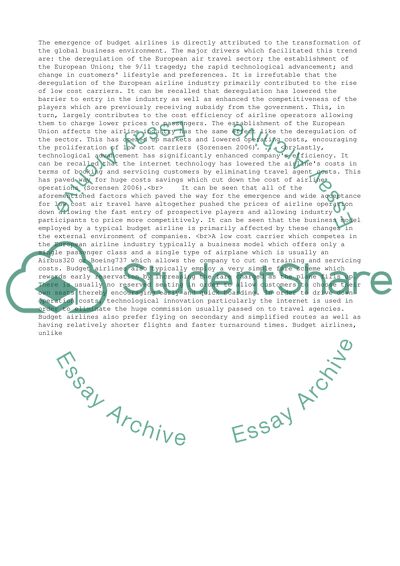Cite this document
(“Low Cost Airlines Essay Example | Topics and Well Written Essays - 1000 words”, n.d.)
Low Cost Airlines Essay Example | Topics and Well Written Essays - 1000 words. Retrieved from https://studentshare.org/business/1499798-low-cost-airlines
Low Cost Airlines Essay Example | Topics and Well Written Essays - 1000 words. Retrieved from https://studentshare.org/business/1499798-low-cost-airlines
(Low Cost Airlines Essay Example | Topics and Well Written Essays - 1000 Words)
Low Cost Airlines Essay Example | Topics and Well Written Essays - 1000 Words. https://studentshare.org/business/1499798-low-cost-airlines.
Low Cost Airlines Essay Example | Topics and Well Written Essays - 1000 Words. https://studentshare.org/business/1499798-low-cost-airlines.
“Low Cost Airlines Essay Example | Topics and Well Written Essays - 1000 Words”, n.d. https://studentshare.org/business/1499798-low-cost-airlines.


